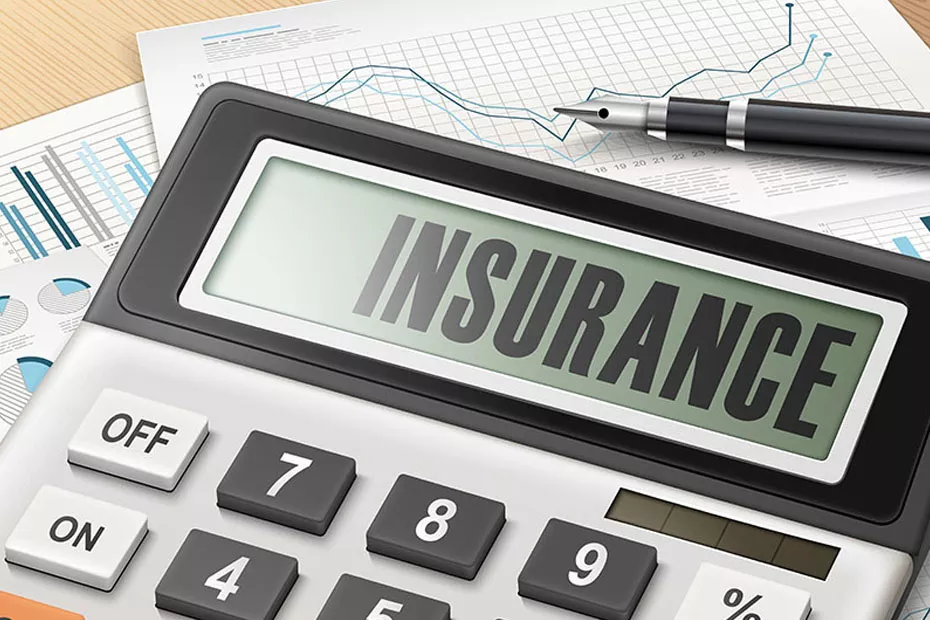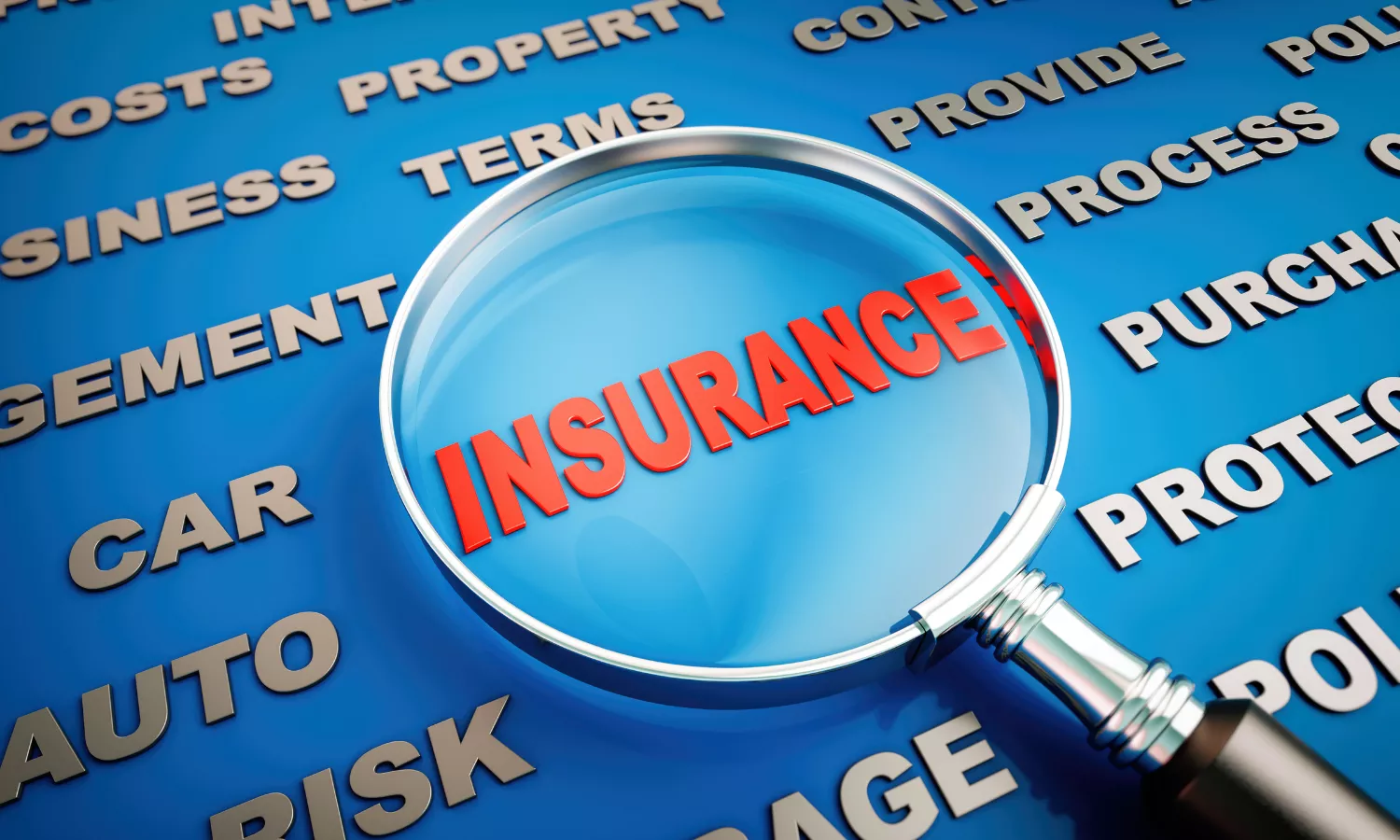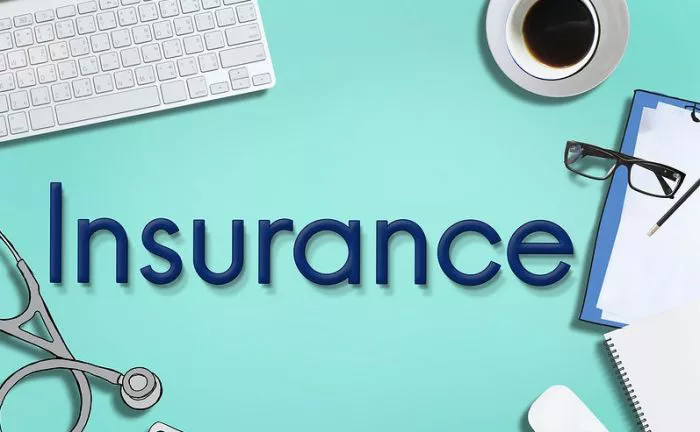Car insurance is a necessary expense for drivers. The cost varies based on multiple factors. Some of these factors are within your control while others are not. Knowing what influences premiums can help you find ways to reduce them.
Insurance providers assess risk when determining rates. A driver with a history of accidents is seen as high-risk. This leads to higher premiums. Similarly, a young driver may pay more due to lack of experience. The type of car you drive also matters. Luxury and high-performance vehicles often cost more to insure.
Location plays a role as well. Urban areas with high traffic density tend to have higher premiums. This is because the likelihood of accidents and theft increases. Even your credit score can affect your rates in some regions. Understanding these factors allows you to make informed decisions.
Evaluating Your Coverage Needs
Not all drivers need the same level of coverage. Some policies offer basic protection while others include comprehensive benefits. Assessing your needs can help you avoid overpaying.
Liability insurance is the most basic form. It covers damages you cause to others. Many states require a minimum level of liability coverage. However, this may not be enough in serious accidents. You might want to consider higher limits for better protection.
Collision and comprehensive coverage are optional but useful. Collision covers damages to your car from accidents. Comprehensive covers non-collision incidents like theft or natural disasters. If your car is old, these extras may not be cost-effective. Weigh the value of your car against the premium costs.
Personal injury protection is another consideration. It covers medical expenses for you and your passengers. This can be valuable if you lack health insurance. However, if you already have good health coverage, you might not need it.
Shopping for the Best Rates
Insurance providers offer different rates for the same coverage. Shopping around can save you a significant amount. Do not settle for the first quote you receive.
Start by comparing multiple insurers. Online comparison tools make this easier. Look beyond the premium cost. Check the insurer’s reputation for customer service and claims processing. A cheap policy is not worthwhile if the company is difficult to work with.
Consider bundling your policies. Many insurers offer discounts if you buy multiple types of insurance from them. For example, combining auto and home insurance can lower your overall costs.
Ask about available discounts. Safe drivers, students with good grades, and military personnel often qualify for reduced rates. Some insurers offer discounts for low-mileage drivers or those who take defensive driving courses.
Improving Your Risk Profile
Insurers reward low-risk drivers with better rates. There are steps you can take to improve your risk profile.
Maintain a clean driving record. Avoid speeding tickets and accidents. Even a single violation can increase your premiums. If you have past violations, some insurers forgive them after a few years of clean driving.
Increase your deductible if possible. A higher deductible means you pay more out of pocket in case of a claim. However, it also lowers your premium. This strategy works if you have savings to cover the deductible.
Drive a safer car. Vehicles with advanced safety features often qualify for discounts. Anti-theft devices can also reduce premiums. Before buying a car, check insurance costs for different models.
Exploring Alternative Options
Traditional insurance is not the only choice. Depending on your situation, other options may be more affordable.
Usage-based insurance is gaining popularity. These policies base premiums on your driving habits. A telematics device tracks your mileage, speed, and braking patterns. Safe drivers can save a lot with this model.
Pay-per-mile insurance is another alternative. It is ideal for drivers who do not use their cars often. You pay a base rate plus a fee for each mile driven. This can be cheaper than a standard policy if you drive infrequently.
Some organizations offer group insurance plans. Employers, alumni associations, or professional groups may have partnerships with insurers. These plans often come with discounted rates.
Managing Payments Effectively
How you pay your premiums can also affect affordability. Some strategies can ease the financial burden.
Opt for annual payments if possible. Many insurers charge extra fees for monthly installments. Paying the full amount upfront can save money in the long run.
Set up automatic payments. Some companies offer small discounts for automated billing. This also helps avoid late payments, which can lead to penalties.
Review your policy regularly. Your insurance needs may change over time. If your car’s value has dropped significantly, you might adjust your coverage. Removing unnecessary add-ons can lower costs.
Seeking Financial Assistance
If car insurance is still unaffordable, look into assistance programs. Some states offer low-cost insurance for eligible drivers. These programs are designed for low-income individuals.
Non-profit organizations sometimes provide help. They may offer grants or subsidies to cover insurance costs. Research local resources to see if you qualify.
Payment plans can also help. Some insurers allow flexible payment schedules. Discuss your situation with them to find a manageable solution.
The Role of Credit Scores in Insurance Premiums
Many drivers are unaware that their credit history can impact car insurance rates in most states. Insurers use credit-based insurance scores to predict risk, as studies show a correlation between credit behavior and claim likelihood. Improving your credit score by paying bills on time, reducing debt, and correcting errors on your credit report can lead to lower premiums over time. Some states have banned this practice, so check your local regulations to understand how credit affects your specific situation.
The Importance of Regular Policy Reviews
Life circumstances change, and so should your insurance coverage. Marriage, relocation, or even aging out of high-risk driver categories can qualify you for better rates. An annual review with your insurance agent ensures you’re not missing out on new discounts or carrying unnecessary coverage. This practice also helps you maintain awareness of policy changes or new insurance products that could benefit your financial situation.
Leveraging Technology for Savings
Modern insurance providers increasingly use technology to offer personalized rates. Mobile apps that track driving behavior, online policy management tools, and digital claims processing can all contribute to cost savings. Many insurers now offer immediate discounts simply for going paperless or managing your policy through their digital platforms. Embracing these technological solutions not only simplifies insurance management but can also make coverage more affordable through various incentive programs.
Conclusion
Car insurance is a major expense, but there are ways to make it more affordable. Understanding the factors that influence costs is the first step. Evaluate your coverage needs carefully to avoid overpaying. Shopping around for the best rates can lead to significant savings. Improving your risk profile through safe driving and smart vehicle choices helps reduce premiums.
Alternative insurance models like usage-based or pay-per-mile plans may suit your lifestyle better. Managing payments wisely and seeking financial assistance when needed can also ease the burden. Regularly reviewing your policy ensures you are not paying for unnecessary coverage.
By taking these steps, you can find a car insurance plan that fits your budget without compromising on protection. The key is to stay informed and proactive in managing your insurance costs.
Related Topics:
How to Get Insurance for Newborn?


































